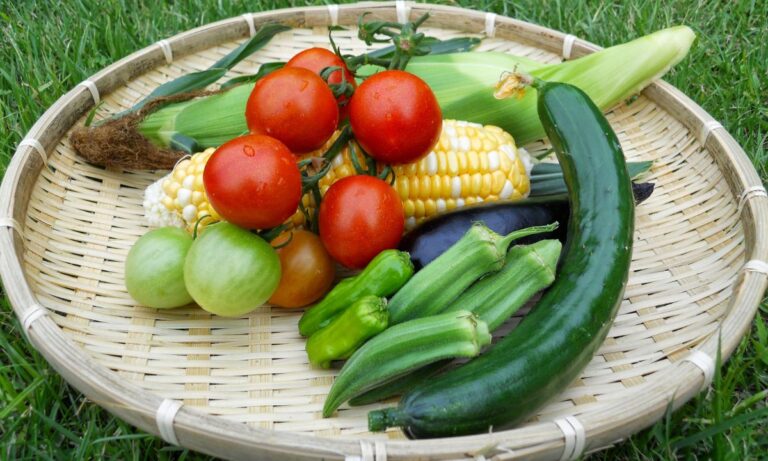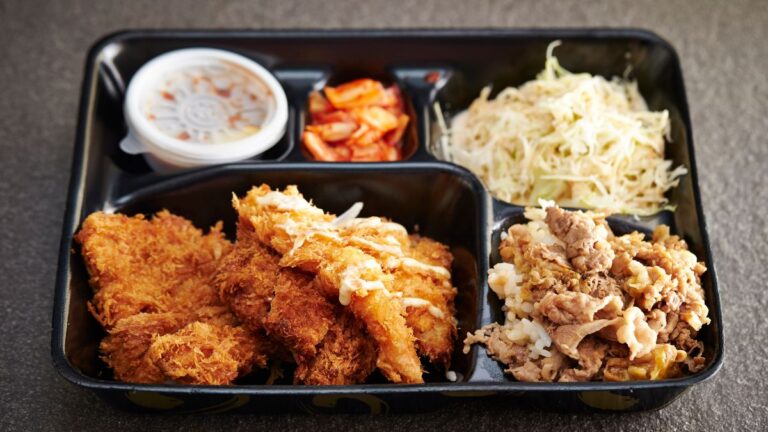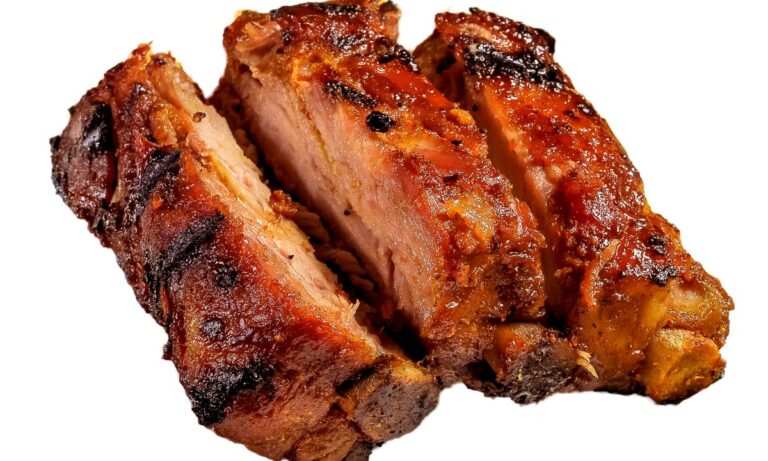Spring Fruits and Vegetables: A Guide to Seasonal Produce
Introduction
Ah, spring! The season of renewal, fresh blooms, and a delightful array of fruits and vegetables. As the weather warms up, it’s time to switch up our diets to incorporate more of these colorful and nutritious produce. But what exactly should we be eating this season? Don’t worry! We’ve got you covered. This article will highlight some of the best spring fruits and vegetables, their health benefits, and tips for selecting and storing them. Plus, we’ll even provide some delicious spring recipe ideas!
H1: Spring Fruits
H2: Strawberries
Strawberries are not only sweet and juicy but also packed with essential nutrients like vitamin C, manganese, and antioxidants. They’re perfect for snacking, adding to smoothies, or even making a refreshing spring salad.
H2: Apricots
These golden fruits are a true springtime treat. Rich in vitamins A and C, potassium, and fiber, apricots are perfect for eating fresh or incorporating into both sweet and savory dishes.
H2: Pineapples
Did you know pineapples are actually a spring fruit? Their tangy sweetness can add a tropical twist to any dish, while their high vitamin C and manganese content contribute to overall health and well-being.
H2: Cherries
Cherries are a delightful addition to any spring menu. They’re rich in antioxidants, particularly anthocyanins, which may help protect against various health conditions. Enjoy them fresh or add them to smoothies, desserts, or salads.
H2: Mangoes
Mangoes are the perfect fruit to welcome warmer weather. They’re high in vitamins A and C, as well as fiber, making them a delicious and nutritious choice for any meal or snack.
H1: Spring Vegetables
H2: Asparagus
Asparagus is a springtime favorite, known for its unique flavor and abundance of nutrients, including vitamins K and C, folate, and fiber. It’s versatile and can be enjoyed grilled, steamed, or roasted.
H2: Peas
Sweet, tender, and full of fiber and protein, peas are a wonderful addition to your spring menu. Enjoy them fresh or cooked in various dishes like pasta, risotto, or salads.
H2: Artichokes
Artichokes may look intimidating, but they’re delicious and loaded with nutrients like fiber, vitamin C, and magnesium. Try them steamed, roasted, or even grilled for a tasty spring treat.
H2: Radishes
Crisp, peppery radishes are refreshing and low-calorie spring vegetables. They’re packed with vitamin C, potassium, and other essential nutrients. Enjoy them sliced in salads, on top of avocado toast, or even pickled.
H2: Spinach
Spinach is a nutrient-dense leafy green that thrives in cooler spring weather. It’s an excellent source of iron, calcium, and vitamins A and C. Add spinach to salads, smoothies, or sauté it for a delicious side dish.
H1: Health Benefits of Spring Produce
H2: Nutritional Value
Spring fruits and vegetables are loaded with essential vitamins, minerals, and antioxidants that support a healthy immune system, improve digestion, and reduce inflammation. Incorporating these seasonal produce items into your diet can help you maintain optimal health.
H2: Seasonal Eating Benefits
Eating fruits and vegetables that are in season is not only more affordable, but it also ensures that you’re consuming produce at its peak nutritional value and freshness. Additionally, it helps support local farmers and reduces your carbon footprint.
H1: Tips for Selecting and Storing Spring Produce
- Choose fruits and vegetables that are brightly colored, firm, and free of bruises or blemishes.
- Store produce in a cool, dark place or in the refrigerator to maintain freshness and prevent spoilage.
- Wash all fruits and vegetables thoroughly before consuming or cooking to remove dirt and potential contaminants.
H1: Spring Recipe Ideas
- Strawberry Spinach Salad: A delicious combination of fresh strawberries, spinach, goat cheese, and toasted almonds, drizzled with a homemade balsamic vinaigrette.
- Asparagus and Pea Risotto: A creamy, comforting dish featuring fresh asparagus and peas, cooked with Arborio rice and Parmesan cheese.
- Grilled Artichokes with Lemon Aioli: Tender grilled artichokes served with a tangy, garlicky lemon aioli for dipping.
- Cherry and Mango Salsa: A vibrant, fruity salsa made with fresh cherries, mangoes, jalapeno, lime, and cilantro, perfect for topping grilled fish or chicken.
Conclusion
Spring is an excellent time to enjoy a variety of fresh fruits and vegetables that not only taste delicious but also provide a wealth of health benefits. By incorporating these seasonal produce items into your meals and snacks, you’ll be supporting your overall well-being and enjoying the best flavors of the season.
FAQs
- When is the best time to buy spring fruits and vegetables? The peak season for most spring produce is typically between April and June, but availability may vary depending on your location and local growing conditions.
- Are frozen fruits and vegetables as nutritious as fresh ones? Frozen fruits and vegetables can be just as nutritious as fresh ones because they are usually flash-frozen at the peak of ripeness, preserving their nutrients.
- How can I ensure my fruits and vegetables stay fresh longer? Proper storage techniques, such as using produce storage containers or bags and keeping fruits and vegetables at the right temperature, can help extend their freshness.
- Can I grow my own spring fruits and vegetables? Absolutely! Many spring produce items can be grown at home, either in a garden or in containers, with the proper care and attention.
- Is it better to eat organic fruits and vegetables? Organic produce is grown without synthetic pesticides or fertilizers, which can be beneficial for both your health and the environment. However, it’s essential to weigh the costs and availability of organic options when making your decision.







